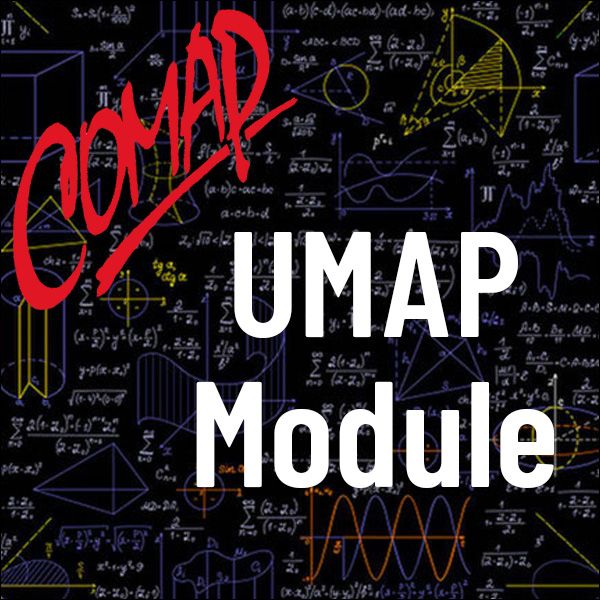Price Elasticity of Demand: Gambling, Heroin, Marijuana, Whiskey, Prostitution, and Fish (UMAP)
Author: Yves Nievergelt
This module develops the mathematical concept of elasticity, expresses it in terms of logarithmic derivatives, and demonstrates how economists use it in evaluating social policies. The exercises range from routine applications to mathematical problems, followed by directed readings in the professional literature.
Table of Contents:
INTRODUCTION
THE ELASTICITY MEASURES THE RELATIVE RESPONSIVENESS OF A FUNCTION
THE ELASTICITY REPRESENTS A RATIO OF AREAS
DERIVATIVES MAY EASE THE CALCULATION OF THE ELASTICITY
A LOGARITHMIC TRANSFORMATION SIMPLIFIES ESTIMATIONS FROM REAL DATA
SYNOPSIS AND COMMENTS
Mathematical Properties of the Elasticity
Practical Applications of the Elasticity
EXERCISES
First Level: Routine Exercises
Second Level: Mathematical Problems
Third Level: Directed Applied Reading
MODEL EXAMINATION
SOLUTIONS TO ALL THE EXERCISES
First Level: Routine Exercises
Second Level: Mathematical Problems
Third Level: Directed Applied Reading
SOLUTIONS TO THE MODEL EXAMINATION
REFERENCES

Mathematics Topics:
Application Areas:
Prerequisites:
You must have a Full Membership to download this resource.
If you're already a member, login here.